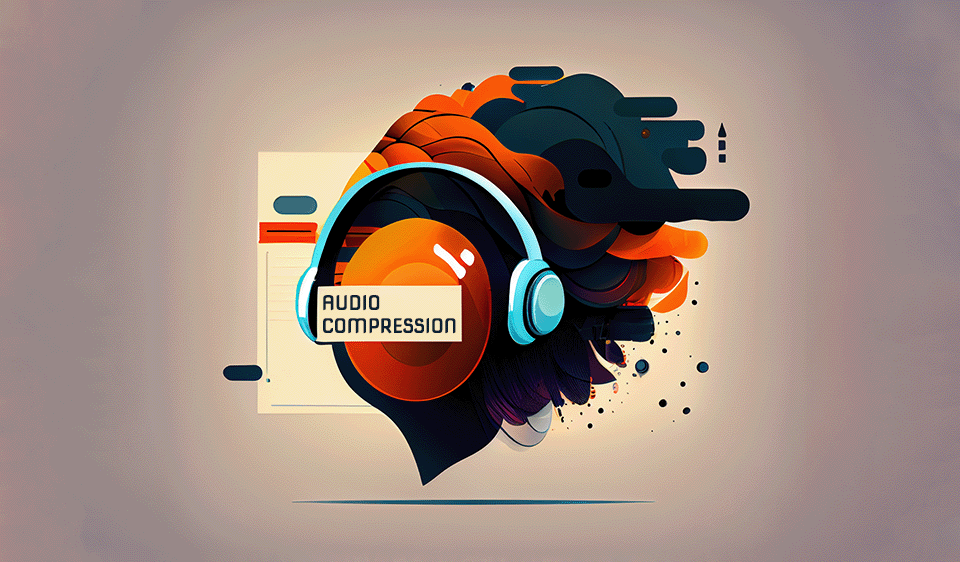Audio compression is the process of reducing the size of audio files without losing any of the original sound quality. This is done through a process called data compression, which uses algorithms to remove unnecessary data and make the file smaller.
The most common form of audio compression is lossy compression, which removes some of the original data to reduce file size. This can be done by removing inaudible sounds, such as background noise, or by using psychoacoustic models to remove sounds that are similar to each other. This process can lead to a reduction of file size by up to 90% while still maintaining good audio quality.
One of the most popular formats for lossy audio compression is MP3, which is widely used for music and audio files on the internet. The MP3 format uses a combination of psychoacoustic models and data compression to reduce the file size while maintaining good audio quality.
Another common form of audio compression is lossless compression, which compresses the file without losing any of the original data. This is the best option for archival or professional use, where maintaining the original audio quality is a must. This method can lead to a reduction of file size by up to 50%. Some popular lossless compression formats include FLAC and ALAC.
Data compression in audio has many benefits, including improved sound quality, reduced file size, and easier sharing and streaming of audio files. By using the right compression method, audio files can be made smaller without losing any of the original sound quality.
